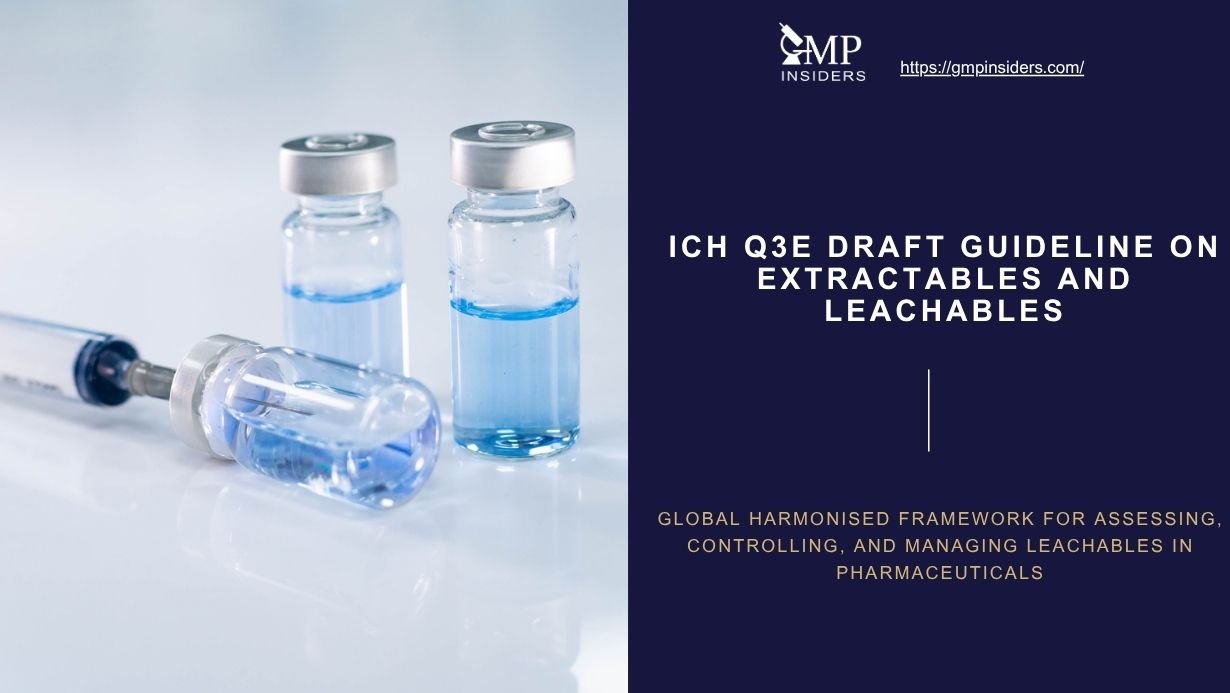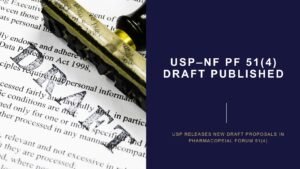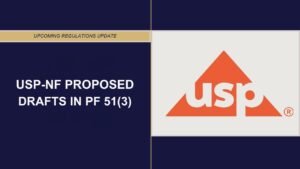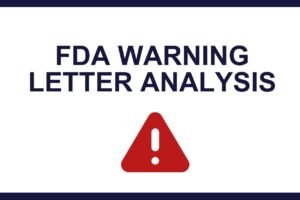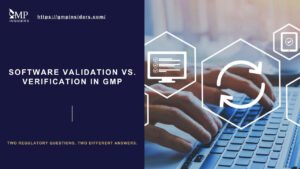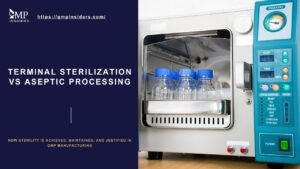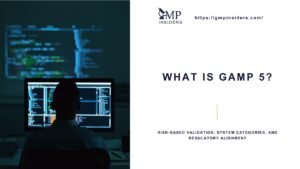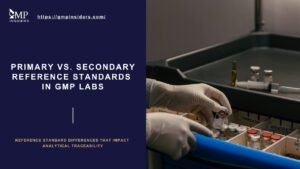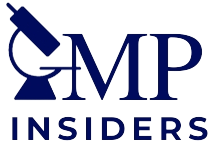On 1 August 2025, the International Council for Harmonisation (ICH) endorsed the Step 2 draft of the Q3E Guideline for Extractables and Leachables (E&L), marking the start of its public consultation phase.
This is the first dedicated harmonised guideline addressing E&L for human-use pharmaceuticals, consolidating principles from ICH’s existing impurity and risk management guidelines into a single, integrated framework.
Leachables, which are chemical entities migrating into a drug product during manufacturing, storage, or use, can originate from manufacturing systems, primary packaging, or delivery devices. Extractables, chemicals intentionally drawn from these components under laboratory conditions, are potential leachables and form the starting point for risk assessment.
The Q3E draft reflects the growing complexity of pharmaceutical supply chains, the use of novel materials and advanced delivery systems, and the need for consistent safety evaluation across regulatory regions. It aims to ensure patient safety, product quality, and regulatory predictability while accommodating innovation.
Scope and Applicability
The ICH Q3E draft for Extractables and Leachables applies broadly to:
- New drug products, including biologicals and biotechnological products
- Drug–device combination products that meet the definition of a pharmaceutical or biological
- Cell and gene therapy products
- Approved products undergoing changes that could alter the E&L profile (formulation, manufacturing process, container closure system, or delivery device changes)
While the primary focus is on organic leachables, the guideline references methodologies for elemental analysis, with their safety evaluation addressed under ICH Q3D.
Notable exclusions include:
- Herbal medicinal products and crude animal/plant materials
- Radiopharmaceuticals (unless specific concerns exist)
- Systems used in excipient manufacturing
The guideline also addresses lifecycle changes, such as new dosing regimens or container closure modifications, that could impact patient exposure to leachables.
A Risk-Based Framework for Extractables and Leachables
At its core, Q3E promotes a holistic, quality risk management (QRM)-driven approach to E&L evaluation, aligning with the principles of ICH Q9.
Risk Matrix and Dimensions
The E&L risk matrix considers two main dimensions:
- Pharmaceutical Quality – Interaction potential between components and formulation, material properties, manufacturing/storage conditions, and the leaching propensity of the formulation.
- Patient Safety – Route of administration, patient population (e.g., paediatric, immunocompromised), dosing regimen, treatment duration, and cumulative exposure.
The guideline recognises that risk is multifactorial, requiring both component/material selection criteria and patient exposure considerations to be integrated from the earliest development stages.
Risk Assessment Steps
- Hazard Identification – Determining potential leachables from direct or indirect contact surfaces using prior knowledge, extractable data, or historical experience.
- Risk Analysis – Quantifying potential leachable occurrence and estimating patient exposure levels.
- Integrated Risk Evaluation – Assessing the potential impact on safety, efficacy, and quality to qualify components for use.
Risk Control Measures
When mitigation is required, measures may include replacing materials or suppliers, pre-washing or pre-flushing components, or adding purification steps.
For manufacturing equipment, leachables risk is considered minimal when all extractables are at or below the Analytical Evaluation Threshold (AET) and no Class 1 leachables are present.
Where extractables exceed the AET, identification and quantification using appropriate standards can demonstrate safety below relevant thresholds. If this is not possible, a leachables study should be performed.
For packaging and delivery systems, an abbreviated data package may be acceptable in low-risk situations, such as when container closure components for oral products fully comply with regional food-contact regulations or when frozen products are stored in well-characterised systems with short contact times before freezing.
Special Considerations
Q3E highlights several scenarios requiring heightened attention:
- Multiple similar-material components – Assess cumulative leachable load
- Biologics – Evaluate risk of reactive leachables that could destabilise proteins
- Frozen storage – Consider both pre-freeze and post-thaw leachables
- Semi-permeable packaging – Include secondary packaging in risk evaluation
- Upstream manufacturing – Recognise potential leachable removal during purification steps
Chemical Testing and Study Types
Q3E provides structured guidance on three main study types:
| Study Type | Purpose |
|---|---|
| Extractable Studies | Characterise materials and identify potential leachables using exaggerated conditions and multiple solvent systems. |
| Leachables Studies | Evaluate actual leachables in the final drug product under intended shelf-life and use conditions. |
| Simulated Leachables | Used when real product testing is impractical, replicating conditions to approximate true leachable profiles. |
Two extractables study formats are outlined:
- Semi-Quantitative – Uses representative standards to identify which extractables exceed the AET; often a precursor to quantitative studies
- Quantitative – Targets specific extractables for precise measurement against reference standards
The guideline emphasises the importance of extractable–leachable correlation for efficient lifecycle control.
Analytical Evaluation Threshold (AET) for Extractables and Leachables
The AET is the reporting threshold above which extractables or leachables must be identified, quantified, and assessed.
It is derived from the Safety Concern Threshold (SCT)—the lower of:
- TTC (Threshold of Toxicological Concern) for mutagenic risk.
- QT (Qualification Threshold) for non-mutagenic systemic toxicity.
An analytical uncertainty factor should be applied in semi-quantitative analysis to account for detector response variability. Q3E provides calculation examples and recommends clear documentation of AET derivation in regulatory submissions.
Safety Assessment
Leachables are categorised by toxicological concern:
| Class | Description | Control Approach |
|---|---|---|
| 1 | High concern; avoid where possible (e.g., ICH M7 cohort of concern, bisphenol A, benzo[a]pyrene). | Compound-specific exposure limits; avoidance preferred. |
| 2 | Default category; thresholds (TTC/QT) protective for systemic toxicity. | Control within TTC/QT limits. |
| 3 | Low toxic potential; PDE ≥ 1 mg/day. | No further qualification if ≤ 1 mg/day exposure. |
Local toxicity thresholds are defined for ophthalmic, CNS, dermal, and inhalation routes. Q3E also addresses sensitisation potential, with specific dermal sensitisation thresholds for high-potency chemicals.
Extractables and Leachables Correlation
A correlation between extractables and actual leachables should be established whenever possible. A strong correlation can support the use of routine extractables testing as an alternative to routine leachables testing during stability, provided the correlation is scientifically sound.
Unexpectedly high leachable levels compared to extraction predictions may indicate an incomplete extraction study design.
Documentation and Regulatory Submissions
Registration applications should include:
- Justification for the studies conducted
- Detailed descriptions of analytical procedures and conditions
- Quantification approaches and validation data
- Identification and concentration of all peaks above the AET
- Safety assessments for substances exceeding applicable thresholds
- Evidence supporting the effectiveness of any mitigation measures
Where applicable, extractable-to-leachable correlation data should be included. Aligning leachables data collection with available stability time points is acceptable, with the possibility to submit additional data post-authorisation by prior agreement with the regulatory authority.
Lifecycle Management
Reassessment is required when:
- New safety data emerges for a leachable or material
- Manufacturing, formulation, or container closure changes occur
- Dosing regimen or route of administration changes alter exposure
- New indications change benefit–risk considerations
Lifecycle management is positioned as a continuous quality commitment, with regulatory communication encouraged for significant changes.
Industry and Regulatory Impact
Q3E represents a global shift towards harmonised, science-based E&L requirements:
- Reduces variability between regional expectations
- Encourages early integration of E&L considerations in product design
- Promotes supplier collaboration to obtain detailed material data
- Requires enhanced analytical capability for AET-driven testing
While the benefits include clarity and alignment, the industry may face short-term resource and capability challenges, particularly in building toxicological expertise and developing sensitive analytical methods.
What’s Next?
The draft is open for public comment, and ICH will consider industry, regulatory, and academic feedback before finalising the guideline. Adoption will establish Q3E as a core reference for global E&L strategy, influencing regulatory submissions, supplier qualification, and lifecycle product management.
For companies, the message is clear: begin aligning internal processes now to integrate Q3E’s risk-based, science-driven principles into E&L programmes.

